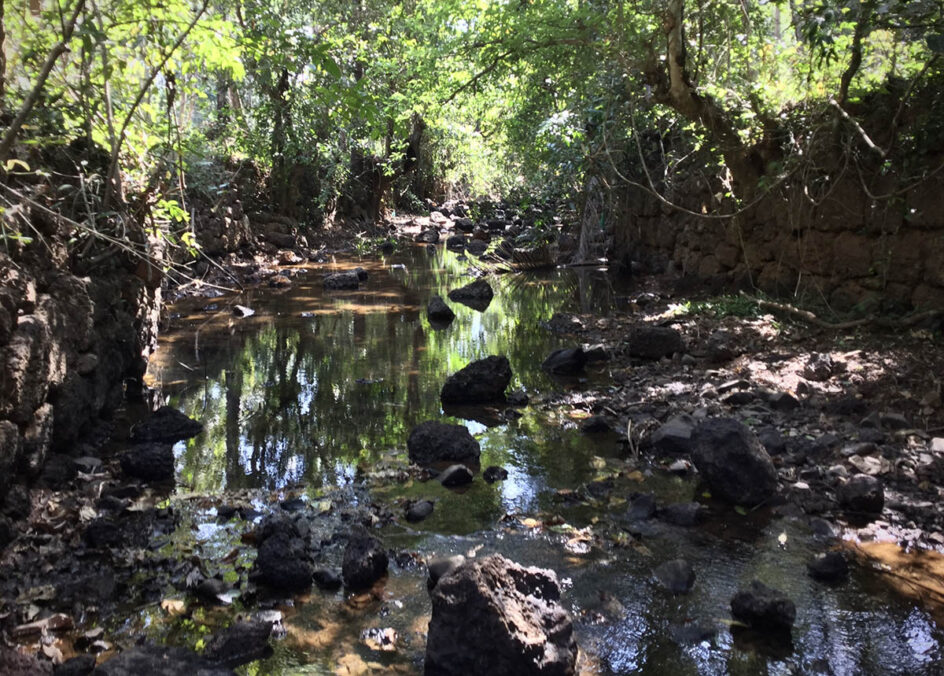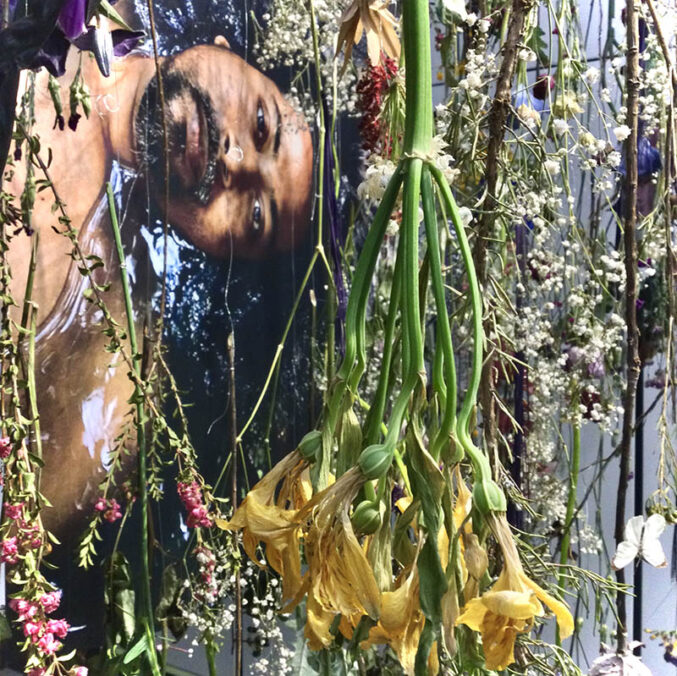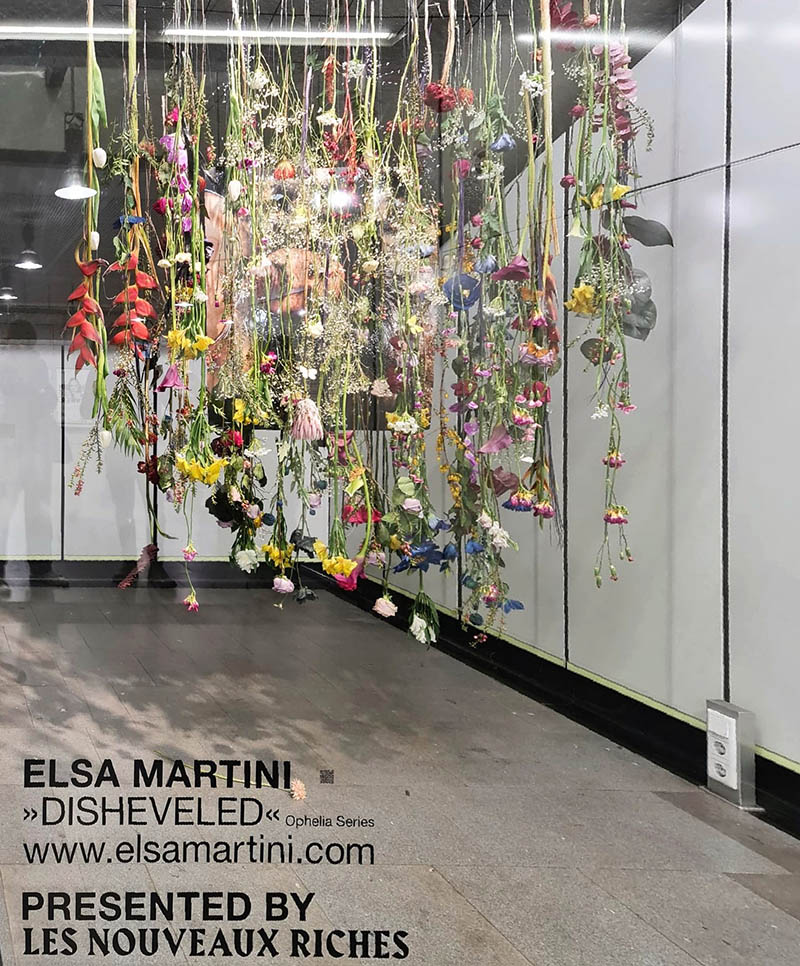
Her father, who refers to her as „green girl“ or „baby,“ has set her identity, and as an obedient daughter and sister, she relies on her brother’s wisdom and control. She is victimized and tormented by the man she loves, witnesses her father’s death, and eventually succumbs to insanity. She is unfortunate, distraught, and dies. Her death is a mystery; she is an unresolved character with contradictory elements. She has been a symbol of femininity since her conception and is still widely misunderstood. Femininity has become synonymous of sexuality, whether in luck or abundance, to an extent that masculinity has never been. Ophelia is an ongoing serial. A site-specific installation based on the Goan Ophelia is featured in this exhibition.

She is DISHEVELED, portrayed with ambivalence and ambiguity. The artwork was designed as an androgynous, hermaphrodite-like model who floats in water in tranquillity, neutrality, harmlessness, or Dharma, as well as the site’s tropical setting. Ophelia in 2023 can’t be any different than ambiverts, with no clear gender, brown skin, and an unthinkable Shakespeare placement. Gender, skin colour, ambiguity, and misogyny will be addressed. Criticizes woke advertisements that promote gender disfunction and mutilation, along with white colonialism. She draws local inspiration from Ardhanarishvara, who represents nature’s totality and transcendence of duality.

Exhibition: Elsa Martini, DISHEVELED
Exhibition Duration: 29.03. – 19.04.2023
Presented by: Les Nouveaux Riches Magazine
At: Altes Landgut U1, Red Carpet Art Award Showroom
Elsa Martini graduated from the Academy of Fine Arts in Tirana 1996 in the monumental painting class. Certified by the University of Applied Arts, Vienna in 2011 and Institut für Kultur Konzepte 2012. She has never been envisioning herself just in a medium, so over the decades, she has developed a complex artistic practice, seeking and approaching the horizons of her works – moving from painting to multimedia, site-specific, performance, text art. The artist deals with tensions between the individual, society and environment; examines and reflects on personal behavior and social trauma, questioning boundaries, space, environment and gender issues. In her work we witness vernacular influences from the places she travels and researches. Her works have been part of numerous solo and international exhibitions in galleries, museums, art festivals, biennials, and critical formats. In Austria her work has been shown at Belvedere 21, Parallel Vienna, Künstlerhaus Wien, IG Bildende Kunst, Vienna, Kultur Kontakt, Sommerakademie Salzburg, Galerie Krass, Aktionsradius, Galerie Hochdruck and in various alternative projects. She is the founder and curator of NATA international art collective – https://secondaryarchive.org/artists/elsa-martini/, http://www.instagram.com/elsamartinistudio, http://elsamartini@yahoo.com.




